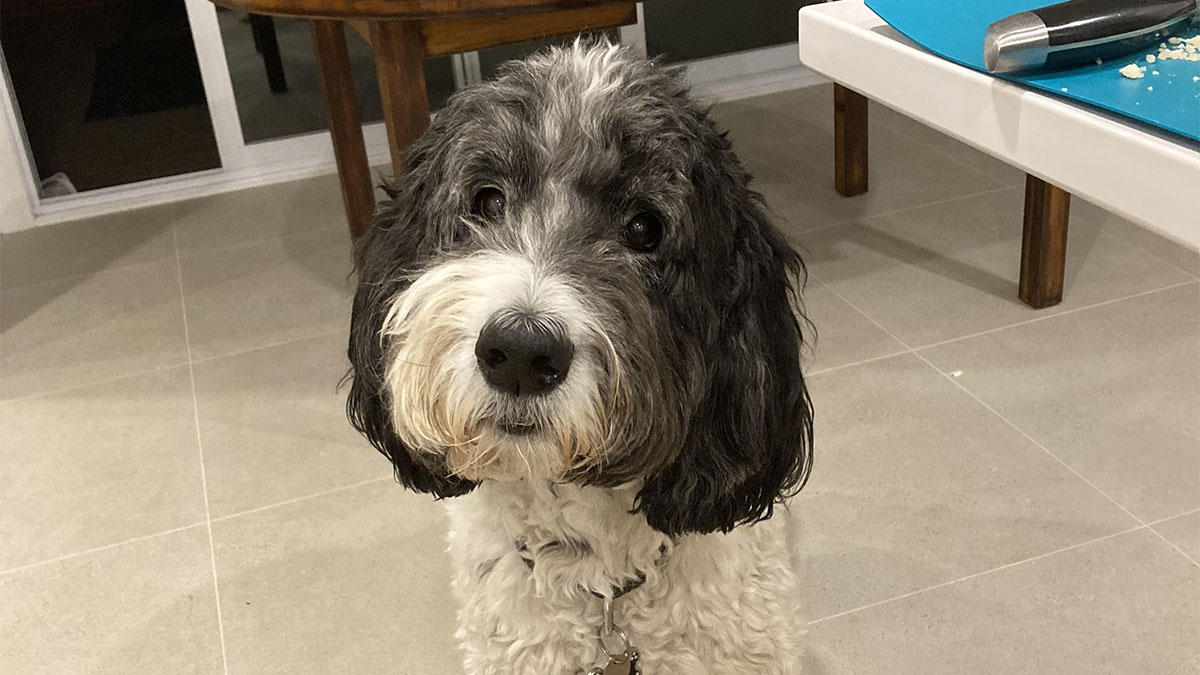Roseanne Popp finds it challenging to book routine visits for Blaze. Her 12 year old dog is a client of a ‘country vet’ in Greely, whose prices are more affordable than in Ottawa.
Popp says Blaze gets excellent care, but she knows her vet’s office is short-staffed, with one other employee who doubles as a receptionist and veterinary technician. This means that the vet may only answer emails when he’s done seeing patients, or the phone will go unanswered.
“It seems that there is a shortage of vets and vet techs, and like family physicians, this is very stressful for the ones we do have,” she said.
There is a shortage of veterinarians in Canada placing pet owners in a bind with more limited access to care as costs rise for food and grooming products.
It’s a perfect storm for pet owners, say academics in the field.
And veterinarians specializing in work with large animals, such as horses and cattle, are at an all time low.
Kathleen MacMillan, an associate professor at the Atlantic Veterinary College at the University of Prince Edward Island and an equine veterinarian, says she has clients traveling around six hours to see her, as there are no equine veterinarians in their area. Most clients with horses face large costs for the care they do receive.
“There’s a nationwide shortage right across North America and throughout all areas of veterinary medicine, but certainly with equine, large animal and rural areas it’s harder to attract people,” said MacMillian.
Statistics Canada found an average of 1,180 unfilled veterinarian positions in 2022, a number that dropped to 928 for the first half of 2023. Meanwhile there are about 450 graduates each year from Canadian veterinary schools, according to the Canadian Veterinary Medical Association website.
The large rise in unfilled positions coincided with the pandemic surge in pet purchases in Canada, the U.S. and the UK. Many of these pets ended up in shelters once pandemic lockdowns eased.
It all means animal owners can face a crisis if they have a sick animal, said MacMillan.
“We all feel the pressure to squeeze just one or two more patients in, especially when there’s emergency situations. I don’t think the quality of care has suffered. I think perhaps the quality of veterinarians’ lives have suffered a little more trying to achieve that work life balance,” she said.

Pet owners are also feeling the pinch of rising costs. When Popp’s dog had a medical crisis, her family rushed her to an emergency vet. She said the family got a $2,000 bill for a one-night stay at an emergency clinic, which included a diagnostic test that required sedation.
“(Blaze)’s doing very well now, but it’s been a lot of medication management initially for those two weeks,” said Sofia Eggleton, Popp’s daughter.
Overall, it was a manageable experience for the family. But the massive cost of pets, between vet bills and general care, has animal lover Eggleton unsure of when she’ll be able to have a pet on her own.
“I can’t buy a pet until I know I can have the proper needs to take care of it,” she said, adding that she would need a lot of ‘just-in-case’ money.
Clive Packer, president of the Ottawa Paw Pantry, has also felt the pressure around vet costs.
Ottawa Paw Pantry is a community foodbank that helps provide pet food for locals struggling to feed their furry friends.
“We’ve seen an increase in demand for our services for pet food, in line with the rising human food bank usage as well,” said Packer, adding that rising vet costs are definitely part of the reason pet owners are feeling such economic pressure. He added that the cost of the medication is also a contributing factor.
Packer’s dog needed dental surgery in the late winter and the vet bill was $5,000.
“And that was after shopping around,” he said. “The initial quote was between $6,000 and $10,000.”
While he assumed it’d be in the thousands for a dental surgery, getting the estimate was still a surprise.
“I was a little shocked.”
Packer feels he’s fortunate be able to afford the cost, but the story may not be the same for the average owner.
“A lot of people can’t come up with that kind of money on the spot. So that definitely for a lot of people that will and it will make difficult choices,” said Packer.
He added that likely there’s going to be a lot of people not able to get care for their animals, causing suffering, and more people surrendering their animals
“[This] is one of the reasons I got involved before pantry and one of the one of the twin reasons we exist is to keep animals that a rescue.“
Other services are available to assist with pet care, including the Farley Foundation, which provides financial help for veterinary care for families in need.




